全站搜索
Search the entire website
Search the entire website
Gravel consists of small rocks that are used as aggregate in concrete or paving. This material is also used to create a structural base for a roadway, or to aid in soil drainage. Different types of gravel are also placed around planting beds to serve as decoration and as a form of weed control. A gravel pit that provides this type of small stone will generally not include any type of slabs, or larger stones. Some gravel pits, however, may naturally include metals or minerals that can be mined along with the gravel.
ZONEDING MACHINE makes machines that process rock. ZONEDING helps businesses process many materials. Natural gravel is one material ZONEDING handles often. ZONEDING’s plants take natural gravel and make it into aggregate. This aggregate is used for building roads and buildings. ZONEDING designs and builds these plants for customers all over the world who buy from China. ZONEDING knows how to make these plants work well for you.
Here are very common gravel crushing plants for reference. They have been proven by practice in lots of quarries. And they have the advantages as follows:
Natural gravel is different from hard rock like granite. It often comes from rivers or ancient riverbeds. The rocks are usually rounded or sub-rounded. They have been tumbled by water. This shape affects how they break in a crusher. It can also mean they have less internal stress than sharp, broken rock. Gravel deposits often contain other materials. There can be sand, silt, clay, and dirt mixed with the stones. Sometimes the gravel is wet. These extra materials and moisture cause challenges. They can make the crushing process harder. They need to be handled correctly. If not, they cause problems in the plant. They affect the final product quality.
The size of the gravel pieces can vary a lot. Some pieces are large. Some are small. Some are already small enough for the final product. These small pieces should not go through the main crusher. This wastes energy. It adds wear on the machine. It reduces overall plant efficiency. Gravel deposits can also have different types of rock mixed together. Some rocks might be harder. Some might be softer. The crushing plant must handle this mix. It needs to break the different rocks correctly. These unique traits of natural gravel mean you need a plant designed specifically for it. It needs to handle the shape, the extra materials, and the size variations.
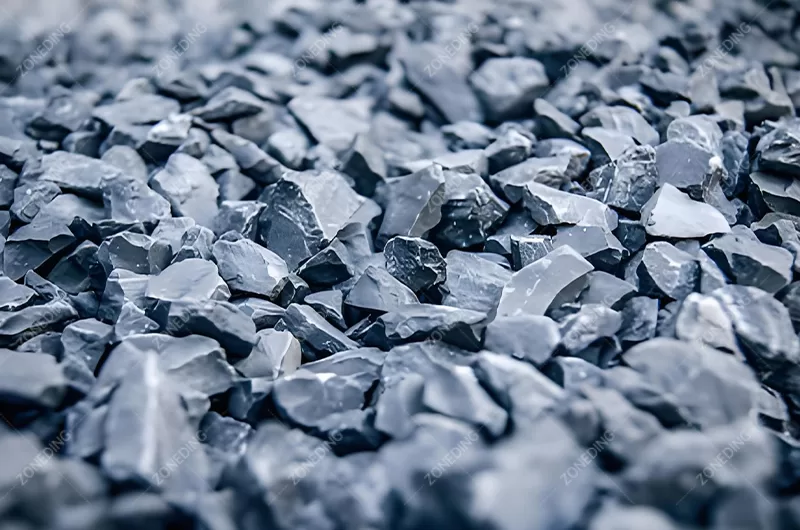
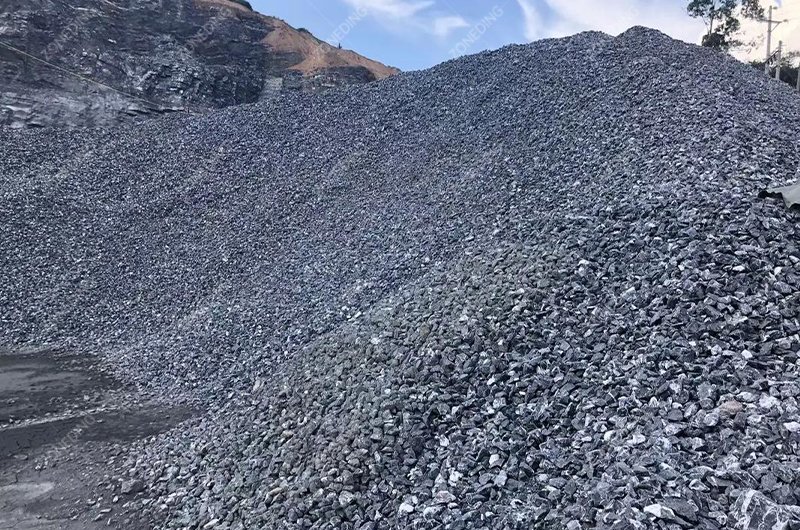
Based on my experience, getting the feed into the first crusher right is very important. Many people focus only on the crusher itself. But the feeding machine and pre-screening are critical. If the material flow into the crusher is not steady, the crusher cannot work at its best. It might get too much material sometimes. This makes it work too hard. It might get too little material other times. This wastes energy. Also, natural gravel often has fine material already in it. This material is smaller than the final product size. It does not need crushing. It should be removed before crushing.
Using a good feeder that can control the flow is important. A Vibration Feeder works well. It sends material steadily. Putting a screen before the primary crusher is even better. This is called a grizzly screen or a pre-screen. It removes the small stuff before it enters the crusher. This makes the crusher more efficient. It only breaks the rocks that need breaking. It lowers the wear on the crusher. It increases the overall plant output. Investing in a good feeder and pre-screen often makes a bigger difference to plant output and cost than buying a slightly larger crusher. It is a smart investment for processing gravel.
For processing natural gravel, you need specific types of machines. The goal is to break the round gravel into smaller, angular pieces. You also need to separate the material by size. The primary crusher is usually the first machine. It takes the raw gravel. It breaks the largest pieces. A Jaw Crusher is a very common primary crusher. It handles large feed sizes. It is strong and reliable. Another option for primary crushing of gravel can be certain types of impact crushers, depending on the feed size and required capacity.
After the primary crusher, you use secondary and maybe tertiary crushers. These break the material into smaller sizes. Cone Crushers are often used here. They make a more cubical shaped product than jaw crushers. This is good for aggregate quality. Impact Crushers are also used. They break rock by hitting it. This motion can produce a good shape. Sometimes, for making sand or very fine aggregate, a VSI Sand Making Machine is used. This machine uses rotor speed to break rock against itself or against the machine walls. It makes a very cubical shape, which is excellent for concrete or asphalt mix. Screening machines are essential. Vibrating Screens sort the material by size after each crushing stage. You need the right screen sizes to get your desired final products.
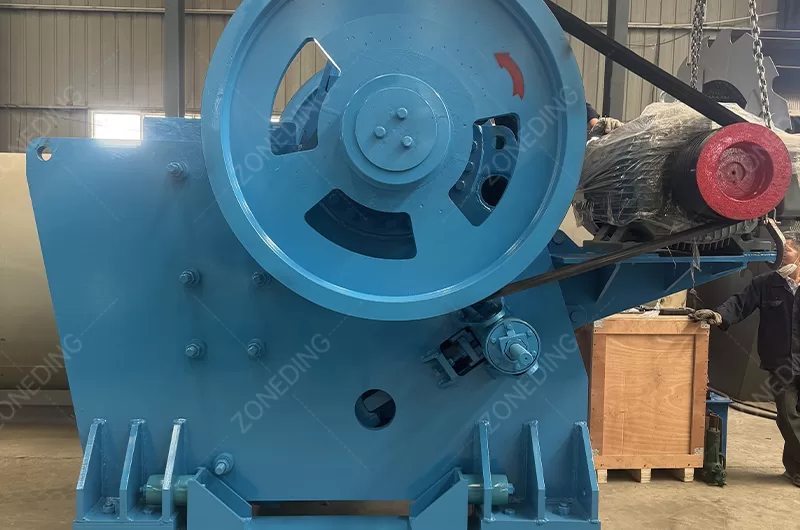
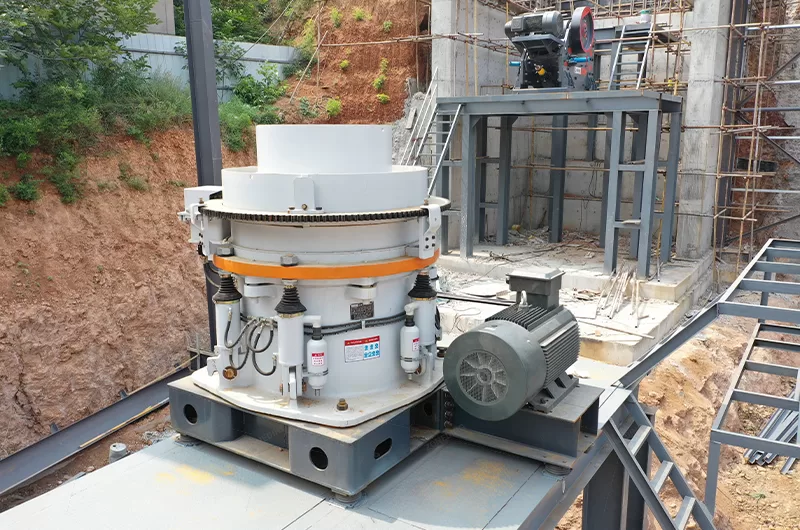
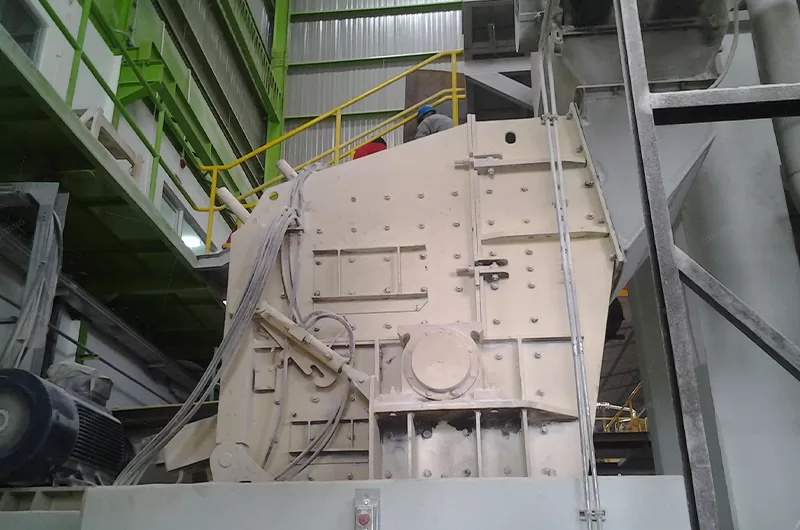
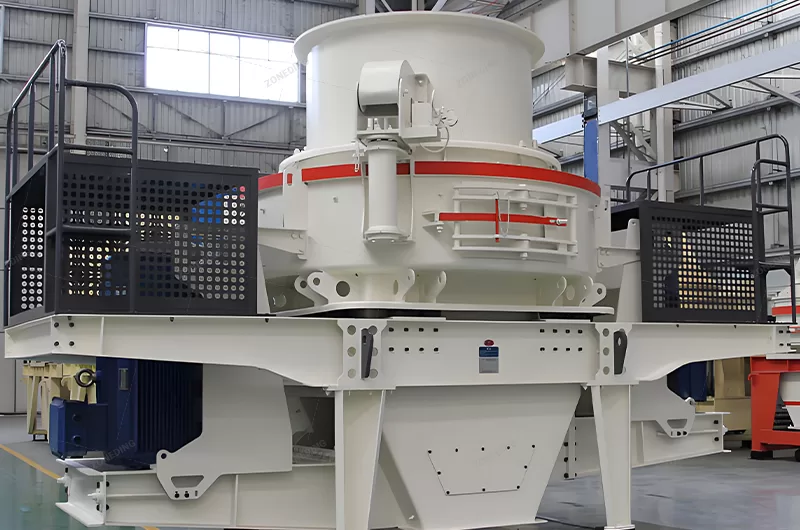
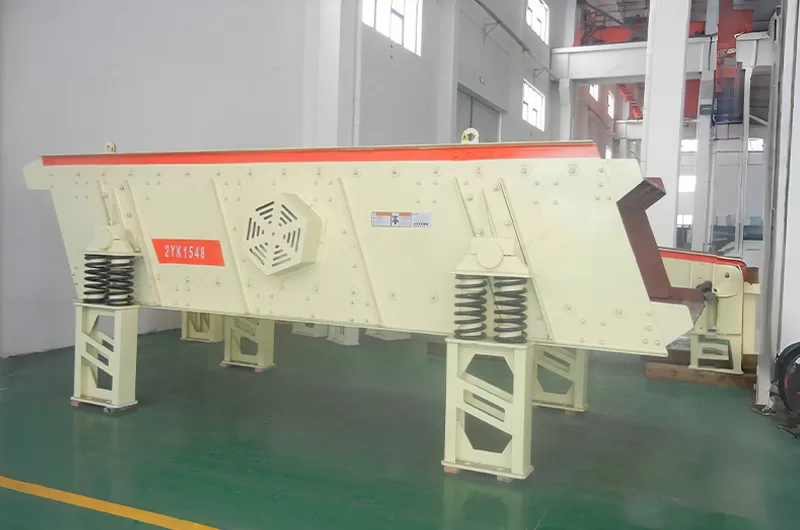
Designing a good gravel plant means more than choosing machines. It means putting them together in a smart way. The goal is a plant that runs smoothly. It should make the right amount of product. The product must meet quality standards for size, shape, and cleanliness. An efficient plant moves material through quickly. It avoids stopping. A high-quality plant produces material that customers want. It needs to handle the round shape of gravel. It needs to handle any dirt or clay. It needs to get the correct final sizes and shapes. A well-designed plant has the right machines in the right order. It has enough screening capacity. It has good conveyors to move material between machines. It includes ways to remove unwanted fine material or dirt.
From my experience, a plant’s ability to handle material fluctuations is key. A plant should be robust. It should keep running even if the raw gravel changes a bit in size or if there is some moisture. This is called resilience. It means adding buffer storage like hoppers between main machines. If one machine stops for a short time, the others can still run. It can mean having bypass routes for material. If a screen is being changed, material can go a different way. It might mean having two smaller machines instead of one very large one in a critical spot. If one needs maintenance, the other can keep producing. This makes the whole system more reliable. It reduces downtime. More uptime means more production and more profit over time. Designing for resilience costs a bit more at first, but it pays off in the long run.
| Plant Section | Key Machines | What It Does for Gravel | Impact on Your Business |
|---|---|---|---|
| Feeding/Pre-screen | Feeder, Grizzly Screen | Controls flow, removes fines before crush | Higher crusher efficiency, less wear |
| Primary Crushing | Jaw Crusher | Breaks large gravel pieces | First step in size reduction |
| Secondary/Tertiary | Cone Crusher, Impact Crusher | Makes smaller sizes, improves shape | Creates salable aggregate sizes |
| Screening | Vibrating Screen | Separates by size, ensures grading | Produces different product sizes |
| Washing (if needed) | Sand Washing Machine | Removes clay and dirt | Improves aggregate cleanliness |
For many building uses, the shape of the crushed stone matters. Customers want aggregate pieces that are cubical. Pieces that are flat or long (flaky or needle-like) are not wanted. They do not pack together well in concrete or asphalt. They make the final mix weaker. Natural gravel is often round. Breaking it creates new surfaces. But the crushing method affects the final shape. Grading refers to the mix of different sizes in a product. Customers need specific grading mixes. For example, concrete needs a certain percentage of large aggregate, medium aggregate, and fine aggregate (sand). A good plant makes sure the output meets these shape and grading standards.
Achieving good shape often means using specific crushers in the later stages. While jaw crushers break rock by squeezing, which can make some flaky pieces, cone crushers and impact crushers are better at producing cubical shapes. A Cone Crusher breaks rock by squeezing between a cone and a bowl. This action can produce a better shape. An Impact Crusher or VSI Sand Making Machine uses high speed to hit the rock. This tends to break the rock along its weakest points. This often results in a more cubical product. Using screens with precise mesh sizes is how you control grading. You screen the material into different bins based on size. You might mix different sizes later to get the exact grading mix a customer needs.
Natural gravel often comes with unwanted materials. There can be clay, fine sand, silt, and water. These materials are a problem for crushing plants. Clay and fine wet material can stick to the gravel. They can clog the openings in screens. They can build up inside crushers and conveyors. This slows down or stops the plant. It also reduces the quality of the final product. Aggregate used in concrete or asphalt must be clean. It cannot have too much clay or fine dirt. If your raw gravel has a lot of these unwanted materials, you need special equipment to remove them. You cannot rely only on crushing and screening.
To handle clay, fine material, and moisture, you need washing and separation equipment. A Sand Washing Machine, like a spiral washer or a wheel washer, uses water to clean the gravel and sand. It washes away the clay and fine silt. A Trommel Screen (a rotating drum screen) can also be used, especially for very sticky material. It tumbles the rock. Water sprays can be added inside the trommel to wash away clay. Sometimes, you need dewatering screens after washing to remove excess water from the washed material. The specific machines depend on how much clay and water are in your gravel. You need to test your raw material to know the best approach. Adding these washing steps adds cost and complexity, but it is necessary to get clean, high-quality aggregate from dirty gravel. It prevents constant plant stoppages due to blockages.
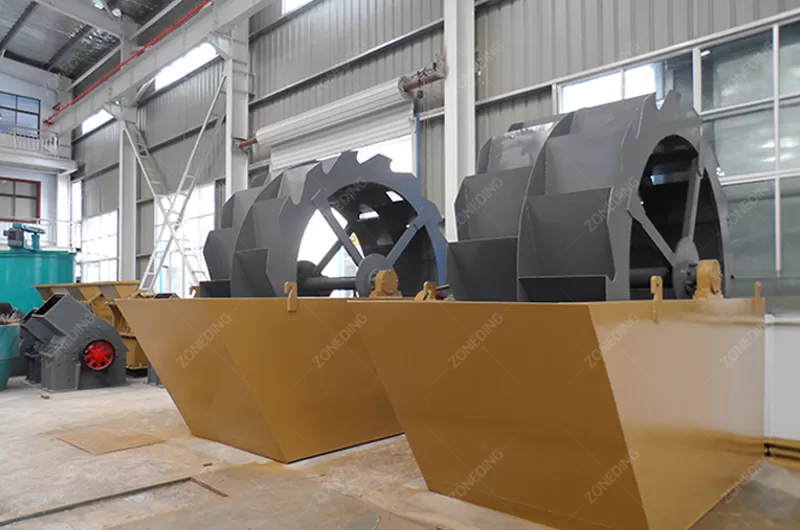
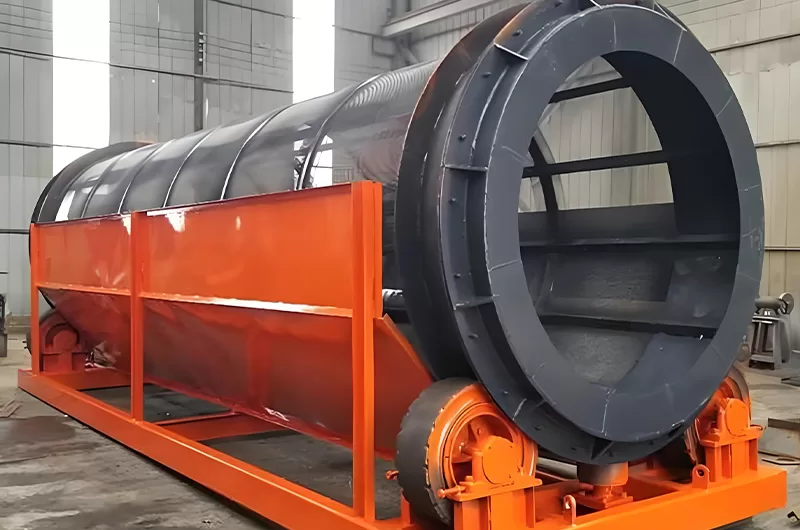
Running a Gravel Crushing Plant involves several costs. The biggest costs are usually power consumption, wear part replacement, labor, and maintenance. Electricity or diesel fuel is needed to run the machines. Parts that touch the rock, like crusher jaws or screen mesh, wear out and need to be replaced. You need people to operate the plant and do maintenance. Machines need regular checking and fixing. Other costs include transport of raw material and finished product, and permits. To make more money, you need to lower these operating costs.
You can lower operating costs in several ways. Choose machines that are energy-efficient. Newer machines often use less power. Maintain your equipment well. Regular maintenance prevents big breakdowns that are expensive to fix and cause long stops. Manage your wear parts smartly. Choose good quality wear parts that last longer. Even if they cost more per piece, they might cost less per ton of rock crushed. This is important. Monitor wear. Change parts before they fail completely and damage other parts of the machine. Optimize your plant operation. Make sure material flows smoothly. Avoid blockages and unnecessary stopping and starting. Training your operators helps them run the plant efficiently and safely. Investing in automation can reduce labor costs over time. Also, think about the total process. If you can process material closer to where it is used (like with mobile crushers), you save on transport costs.
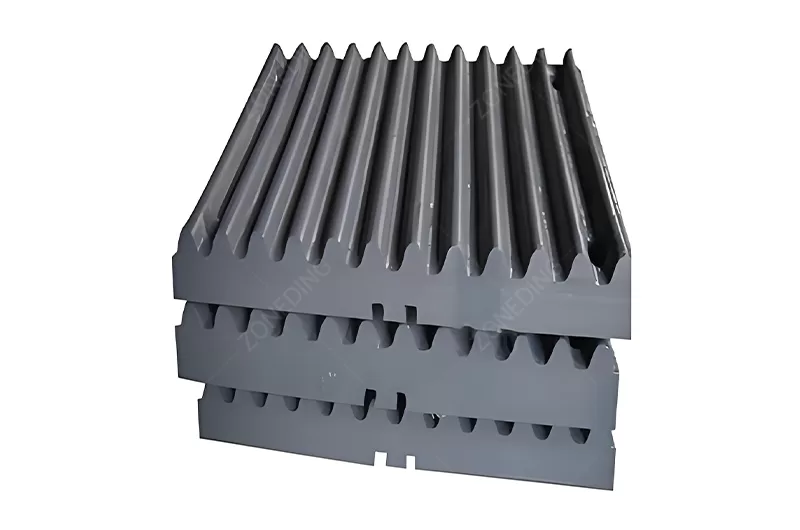
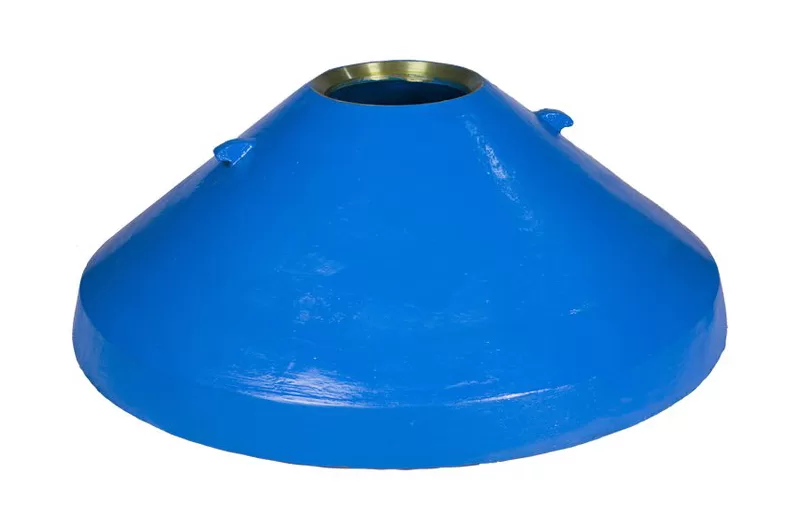
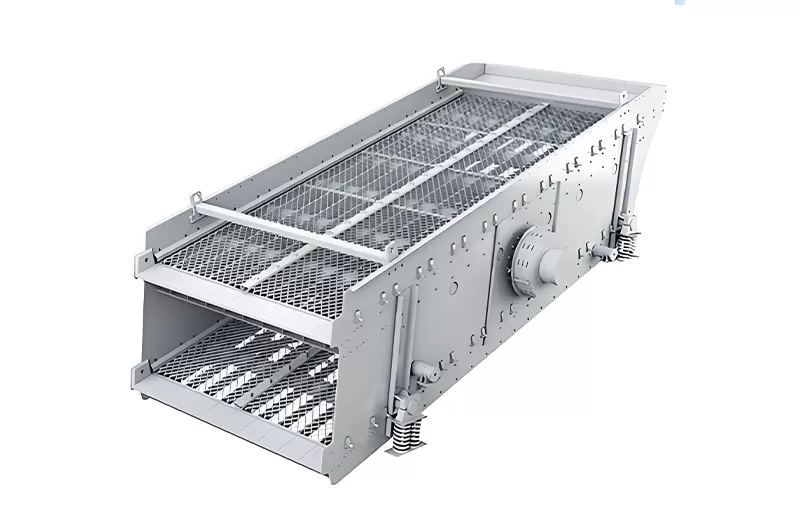
Wear parts are a significant cost in running any crushing plant. For gravel, which often contains hard silica, these parts wear out over time. Crusher jaws, cone liners, impact crusher blow bars, and screen mesh are the main wear parts. The rate of wear depends on the type of gravel, the hardness of the rock, and how the machines are operated. While gravel might cause less wear than very hard granite, it still causes wear. Replacing these parts takes time and money. The cost of wear parts directly affects your profit per ton of product.
To save money on wear parts, focus on their lifespan per ton of material processed. Do not just look at the price of the part itself. A cheaper part might wear out twice as fast. This means you buy more parts and spend more time changing them. It is usually better to invest in higher quality wear parts made from materials like high manganese steel or special alloys. These parts last longer. This means fewer replacements, less downtime, and lower cost per ton produced. Also, operate your crushers within the correct settings. Overloading or improper feeding increases wear. Make sure material is presented to the crusher correctly. Regular inspection of wear parts helps you plan replacements. This avoids unexpected failures which cause longer stops and potential damage to the main machine.
A mobile crushing plant puts the crushing and screening equipment on a movable chassis. This chassis can have wheels or tracks (like a bulldozer). These plants can move from one place to another easily. This is a big difference from fixed plants, which are built in one place. Mobile plants offer great flexibility. They can work right at the quarry or gravel pit. They can move closer as the mining area changes. They can be moved to different job sites if needed. This saves money on transporting raw gravel. Moving rock is expensive. Crushing it closer to the source reduces this cost a lot.
Mobile plants are good for projects that move. They are good for processing smaller amounts of material at different locations. They are also used for recycling construction waste, like concrete with gravel in it. You can move the crusher to the site where the waste is. This saves transport costs. However, mobile plants can cost more to buy initially than a fixed plant with the same capacity. Their operating costs can also be higher, especially if they use diesel engines and track/wheel wear is high. Maintenance can sometimes be more difficult because the machines are more compact. You should choose a mobile plant if your source of gravel changes often. Choose it if you need to work at different sites. Choose it if the cost of transporting raw gravel is very high. For a large, long-term gravel quarry in one location, a fixed plant is usually more cost-effective over many years. ZONEDING makes Mobile Jaw Crusher, Mobile Cone Crusher, and Mobile Impact Crusher.
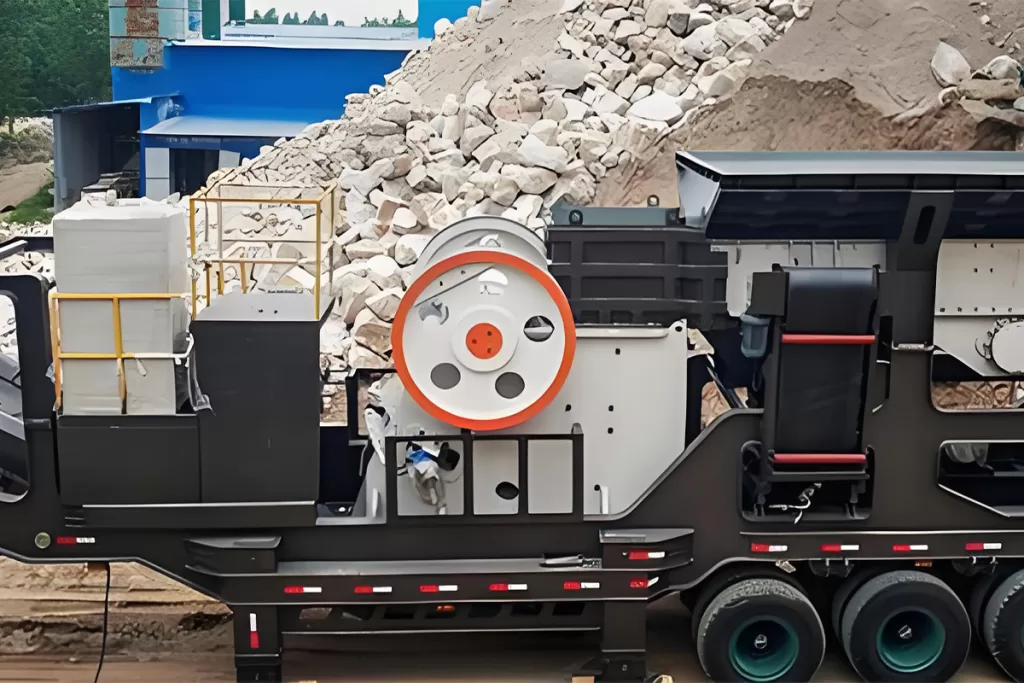
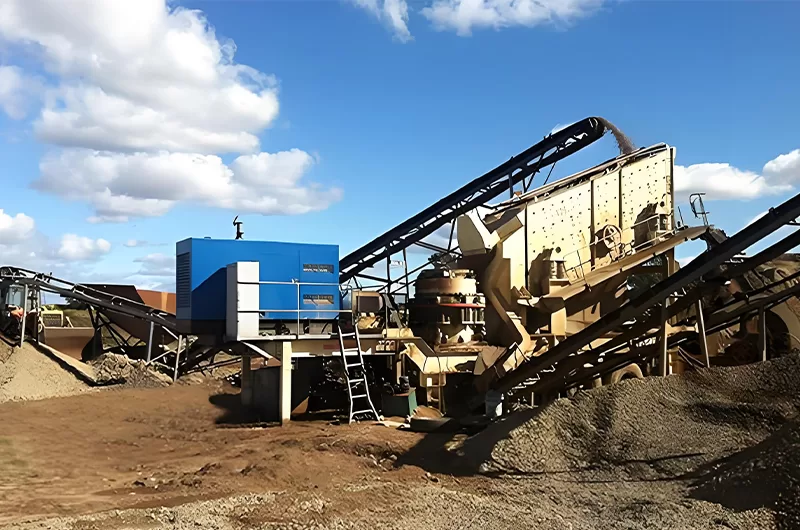
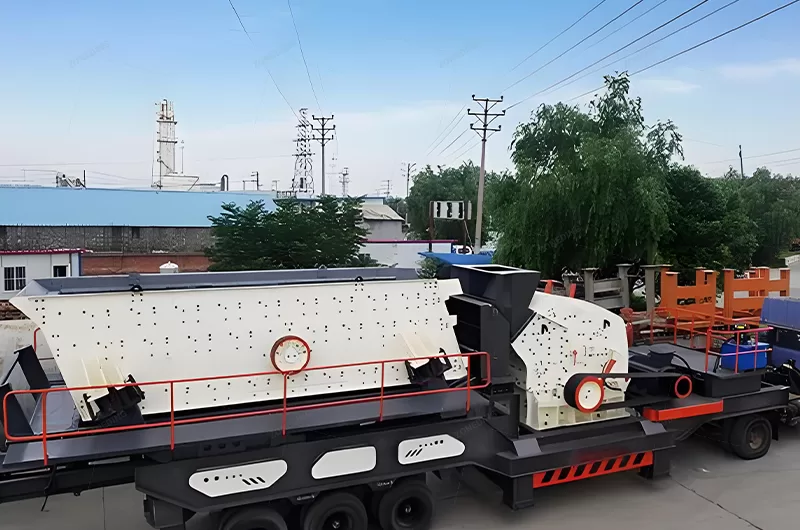
When you choose a company to provide your Gravel Crushing Plant, you need to look at their experience. Gravel processing has unique needs. You need a supplier who understands these needs. They should have built plants for gravel before. They should know how to handle the round shape, the potential clay/dirt, and the need for good final product shape. An experienced supplier can design a plant that works well for your specific gravel source. They know which machines are best for gravel. They know how to put them together for efficiency and quality.
Look for a supplier with strong technical skills. They should have engineers who understand rock crushing and screening. They should be able to customize a plant design for you. Every gravel deposit is different. Every customer’s product needs are different. A good supplier does not just sell standard models. They design a system that fits your situation. They should offer help beyond just selling the machines. They should help with installation. They should train your workers. They should provide reliable after-sales service and spare parts. This support is very important for keeping your plant running for many years. Reliability is key. A reliable plant breaks down less often. It produces more. This is true sustainability in this business. It is more important than just labels. Ask about their history. Ask about plants they have built for gravel. Talk to their past customers if possible. ZONEDING has worked on many gravel projects since 2004. We have the experience to help you.
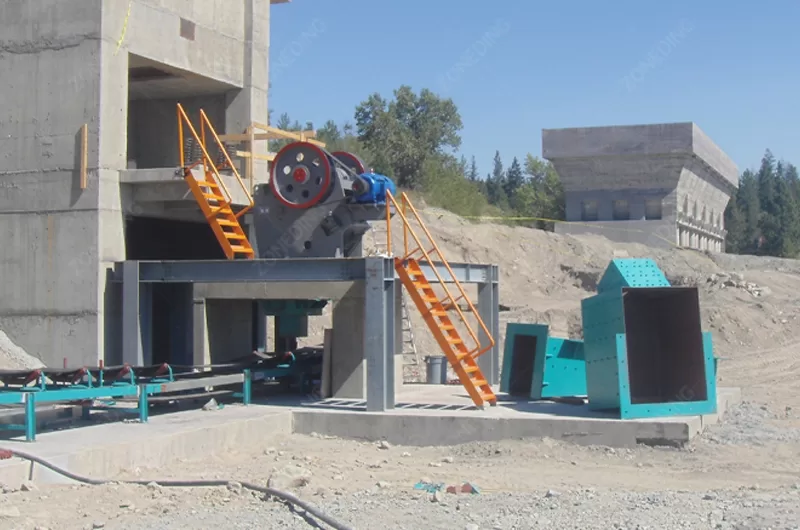
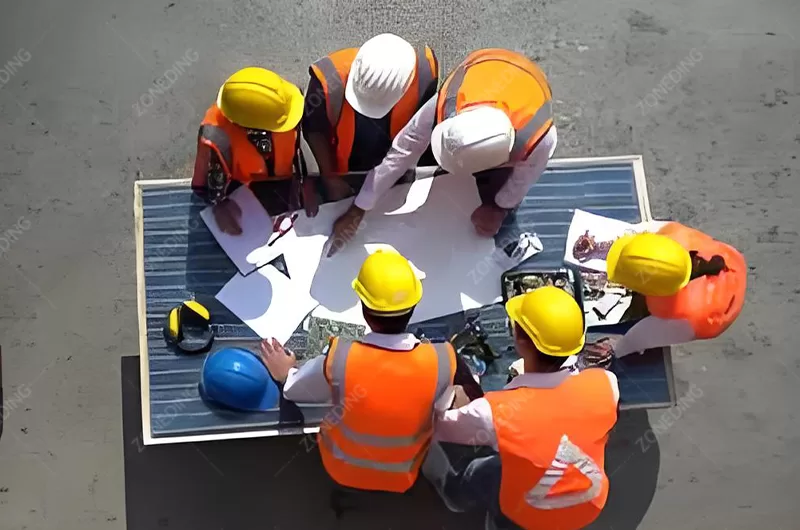
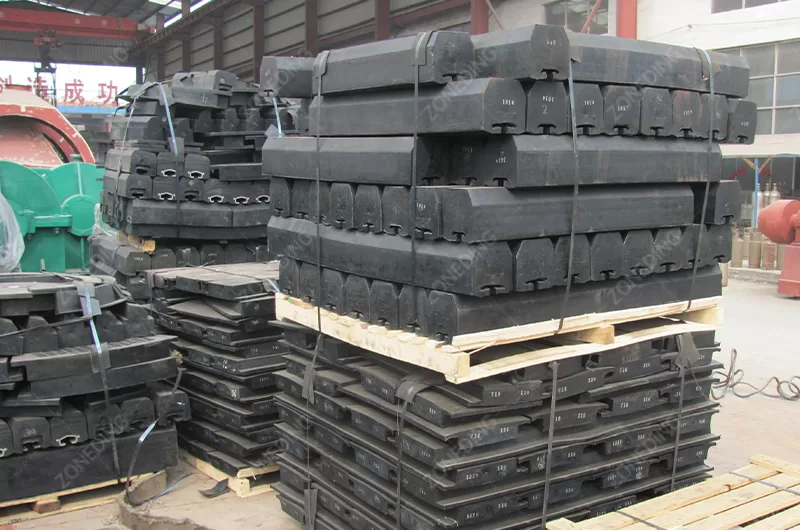
Q 1: How to make sure the crushed gravel has good shape?
A:To get good aggregate shape (more cubical), use crushers that are good at shaping. Cone Crushers and VSI Sand Making Machines are often used in later crushing stages specifically for shaping.
Q 2: Can I wash gravel before crushing?
A:Yes, if your gravel has a lot of clay or dirt, washing it before crushing with a Sand Washing Machine or trommel screen is a very good idea. It removes impurities and helps prevent blockages in later machines.
Q 3: What kind of screen is best for gravel?
Vibrating Screens are standard for sorting crushed gravel by size. The right mesh size is key for grading. For wet or sticky material, special screen types or heated screens might be needed.
Q 4: Are mobile plants good for small gravel pits?
A:Yes, mobile plants like a Mobile Jaw Crusher are often very suitable for smaller gravel pits or projects where the location changes. They save money on transport.